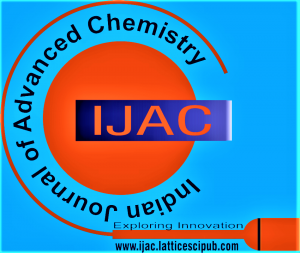Image Integrity and Standards:
Ensuring an image’s integrity is maintained involves confirming that the content shown in the picture has not been altered since it was taken. Ensuring their authenticity regarding images is essential – meaning they accurately depict the scene they’re showcasing in a broader context. As an author, you must consider cultural sensitivities and restrictions when including images in your articles. Some cultures may not allow photos of human remains or deceased individuals. Therefore, adhering to ethical guidelines and considering the perspectives and approval procedures of the communities connected to the images is crucial.
Modifying experimental photographic images, including microscopy, electrophoretic gels, and immunoblots, is strictly prohibited as it can lead to misinterpretation of scientific data. If any adjustments to contrast settings or enhancements are made, they must be applied to all images consistently. Additionally, copies of the original images must be provided to the chief editor upon request before any modifications.
The figure legend must include a statement confirming that the appropriate permissions were obtained from the copyright holder. It is essential to cite the source of an image and figure, even if it is not copyrighted or allowed to be reused by the copyright holder.
Don’t manipulate experimental images to mislead readers. Always get permission to re-use an image or figure from the copyright owner and include a statement in the figure legend. If re-use is allowed, still cite the source1.
Before submitting an article to the Indian Journal of Advanced Chemistry (IJAC), authors must follow these guidelines for preparing figures and images:
- Original data images are essential during acceptance of the article.
- Edit digital images on a duplicate original copy to avoid concealing significant data or committing research misconduct.
- Resizing digital images can lead to unwanted artefacts that may obscure important details if the aspect ratio is altered. Authors should be cautious.
- Minor adjustments to brightness and contrast are allowed as long as they are applied evenly. Be careful not to destroy any essential parts of the images.
- If the images are resized, Microscope objective magnification may be omitted in figure legends.
- Copying or cloning objects into digital images can be considered research misconduct, even if it’s just to remove imperfections. This includes adding things that were initially absent in the picture.
- Cropping images is okay to remove unnecessary elements and emphasise a particular feature. However, it’s not acceptable to manipulate or change the data interpretation by cropping images.
- Authors should avoid using image quality filters for biological or medical images. If used, note it in the figure legend or methods section.
- To compare images properly, they must be taken under the same conditions and apply the same processing.
- To ensure accurate measurements and avoid distortions, it’s crucial to conduct intensity measurements on raw data when comparing wavelengths or fluorescence levels.
References:
- COPE- Image Manipulation in a Published Article
- Adheres to the Editorial and Publishing Policies of Lattice Science and Publication (LSP)
